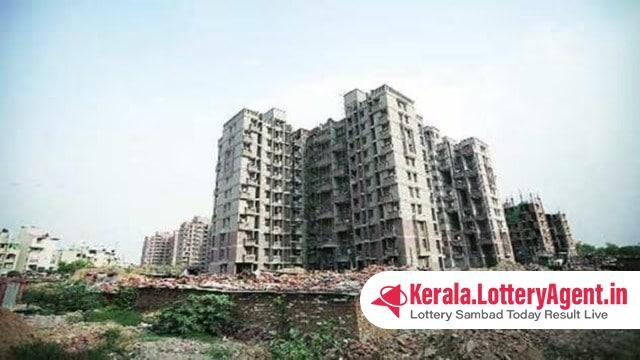
Last fiscal year, a shift was observed in the pattern of private equity (PE) investments within the Indian real estate sector, marking a 16% decrease to USD 3.67 billion. The report by real estate consultant Anarock, named “Capital FLUX”, highlights a downtick in funds to USD 3,674 million in 2023-24 from a robust USD 4,358 million in the preceding year. Only a few years ago, the PE inflow in real estate was significantly stronger, tallying up to USD 5,138 million in 2019-20 and reaching a peak of USD 6,377 million in the 2020-21 fiscal year, before tempering down to USD 4,236 million in 2021-22.
The reduction in private equity investments stems mainly from waning interest by foreign investors, who have grown cautious due to the global economic landscape and geopolitical uncertainties that have unfolded across the world. Shobhit Agarwal, MD & CEO of Anarock Capital, elucidates this point, attributing the decline to these external macro-economic factors which have evidently impacted investor demeanor. Notably, foreign capital’s share in total investments fell to 65% in FY24 as opposed to 76% in the preceding fiscal year, illustrating this wariness.
On the flip side, domestic investors have shown a contrasting trend by ratcheting up their stake in real estate funding. Anarock’s findings reveal that domestic players’ investments climbed to 29% of the total capital inflows in the last fiscal, a notable increment from 24% in the previous year.
An interesting facet of the report details the composition of the deals. Throughout FY24, pure equity deals claimed a major share of 73%, with debt constituting 24%. This indicates a significant shift from the previous fiscal year, where equity deals reflected 66% and debt 32% of the PE inflows.
The dominant force within PE transactions this fiscal year has been the office segment, capturing a 57% slice of the value share. A prime contributor to this heavy leaning towards the office space was the landmark GIC-Brookfield REIT transaction, accounting for approximately 40% of the total PE deals’ value. While there’s been a consistent percentage of investments coursing into residential real estate, valued at 28%, a 17% year-on-year decline was observed in terms of absolute value. Agarwal clarified this decline as the aftermath of an unusual spike during the previous fiscal year, during which investments had surged dramatically over the years.
Despite the constant count of deals across FY24, the aggregate value of the transactions dipped due to a noticeable reduction in average deal size. When put into perspective, the average ticket size has trimmed down to USD 75 million in FY24 from USD 79.2 million back in FY20, shedding light on more cautious and measured investment approaches prevailing in recent times.
The current investment climate in Indian real estate echoes the complexities and changes in the global economic environment. Geopolitical issues, combined with internal economic shifts, have contributed to this dynamic alteration in investment patterns. While domestic capital has courageously stepped forward to fill some gaps, the decrease in foreign investment elucidates broader sentiments of vigilance and strategic caution. This is a period of recalibration, where investors and real estate developers alike are adapting to both obstacles and opportunities that define the evolving landscape of Indian real estate investment.












